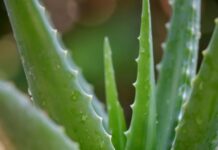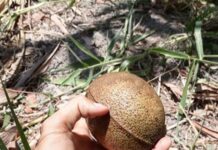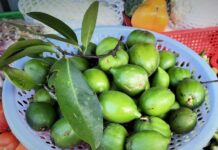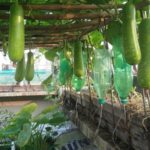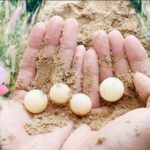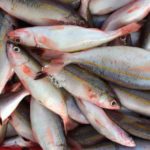Swai fish is an affordable, mild-flavored fish with good nutritional value. However, it poses some potential health risks to consumers. Let’s explore more about this fish with Bach Hoa XANH below!
1 What is Swai Fish?
Swai is a catfish with white flesh, a flaky texture, and a mild flavor, making it versatile for various dishes. It originates from the Mekong River in Asia but is mostly farmed in the Mekong Delta region of Vietnam.
Other names for swai and similar species include panga, pangasius, sutchi, cream dory, striped catfish, Vietnam cat, tra, basa, and, although it is not a shark, it is sometimes called shark catfish or Siamese shark.

2 Nutritional Value of Swai Fish
According to the USDA, approximately 113 grams of uncooked swai fish contains:
- Calories: 70
- Protein: 15 grams
- Fat: 1.5 grams
- Saturated Fat: 11 mg
- Sodium: 45 grams
- Carbohydrates: 0 grams
- Potassium: 350 mg
- Niacin: 14% Daily Value
- Vitamin B12: 19% Daily Value
- Selenium: 26% Daily Value
These values may vary depending on the preservation and cooking methods. In comparison, 113 grams of salmon provides 24 grams of protein and 1,200 mg of omega-3 fats, while 113 grams of American catfish contains 15 grams of protein and 100-250 mg of omega-3 fats.
 Nutritional Value of Swai Fish
Nutritional Value of Swai Fish
3 Should You Eat Swai Fish?
Should you eat swai fish? The answer is no. Here are four reasons why you should avoid consuming swai fish:
Presence of Harmful Bacteria
While swai fish itself can be healthy, the way it is farmed with other species of fish can lead to bacterial infections. To combat this, swai fish are often treated with large amounts of antibiotics.
In the summer of 2016, nearly 26,000 pounds of swai fish fillets were recalled in the US due to drug residue and other contaminants. Consuming fish that do not meet health standards can be harmful to your body and may reduce the effectiveness of medical treatments for certain conditions.
Use of Antibiotics to Treat Fish
As swai fish are mass-farmed, they are often treated with antibiotics to prevent and treat infections. These antibiotics can remain in the fish and enter your body when you consume it, potentially interfering with the effectiveness of medical treatments.
Polluted Water Conditions
Additionally, the large amount of waste generated by fish farms can pollute the water sources they are located in.
Import Fraud
Swai fish is inexpensive, which makes it appealing to some consumers. However, this also means that some imported swai fish may not meet health standards, posing a risk to consumers.
 Should You Eat Swai Fish?
Should You Eat Swai Fish?
Uncover the Meaning Behind the Circles on Disposable Chopsticks – Not Everyone Knows!
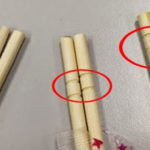
Do you know why disposable chopsticks are engraved with 1, 2, or 3 circles? These symbols denote how many times these chopsticks have been recycled. But have you ever wondered how the number of circles are determined when chopsticks are recycled multiple times?
Miracle Drug Discovered in (Cheap) 1/2 Quail Eggs
Many consumers are showing great interest in a special type of egg: small in size, yet surprisingly affordable, this egg has been dubbed a “miracle drug” due to its numerous health benefits. The egg in question is half the size of a quail egg, and popularly known as the ‘bait egg’!




